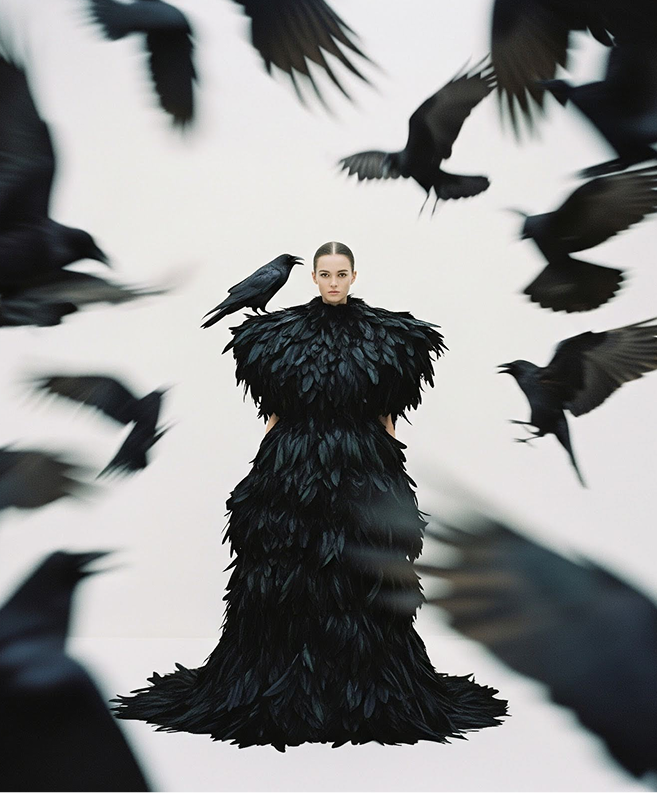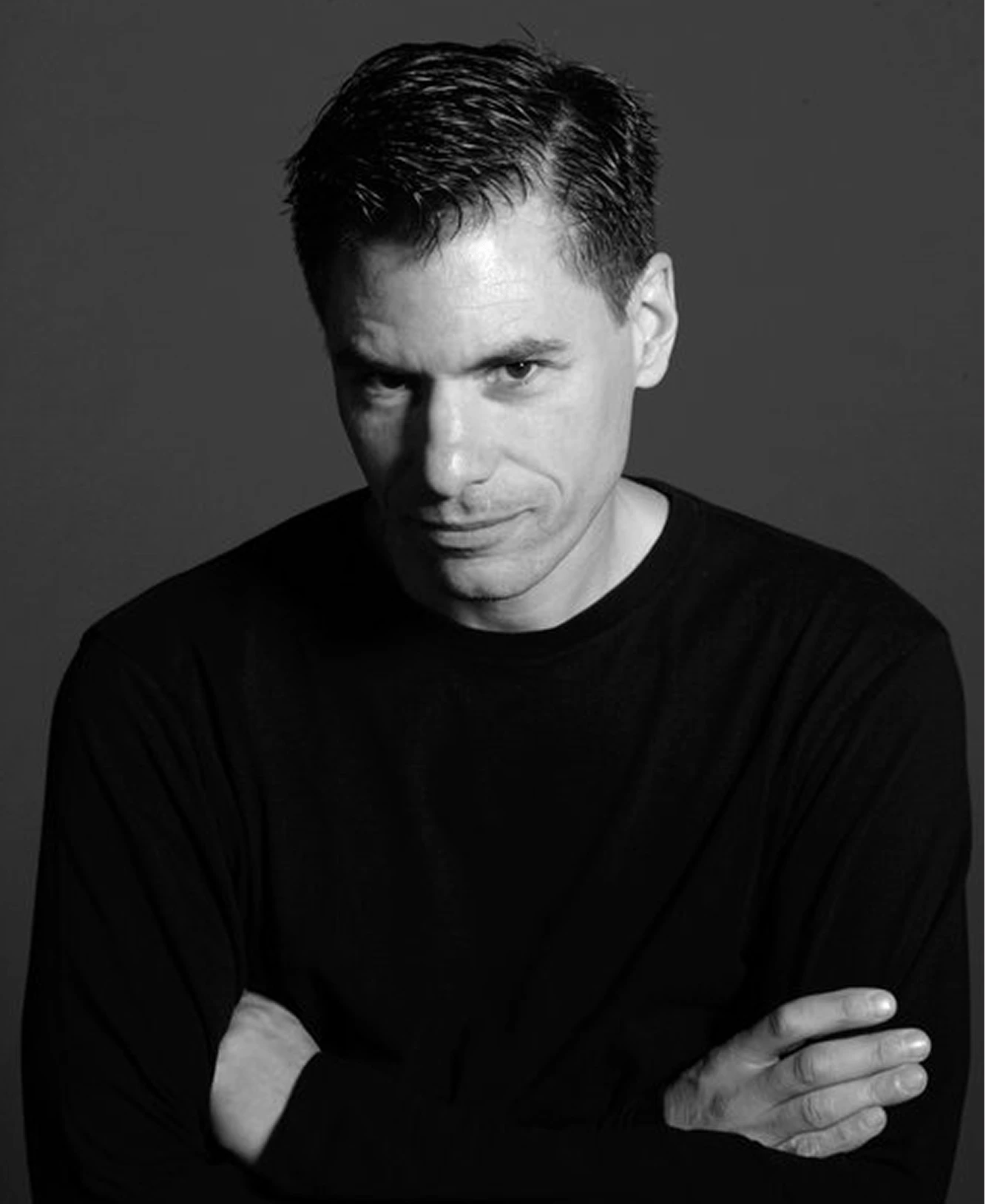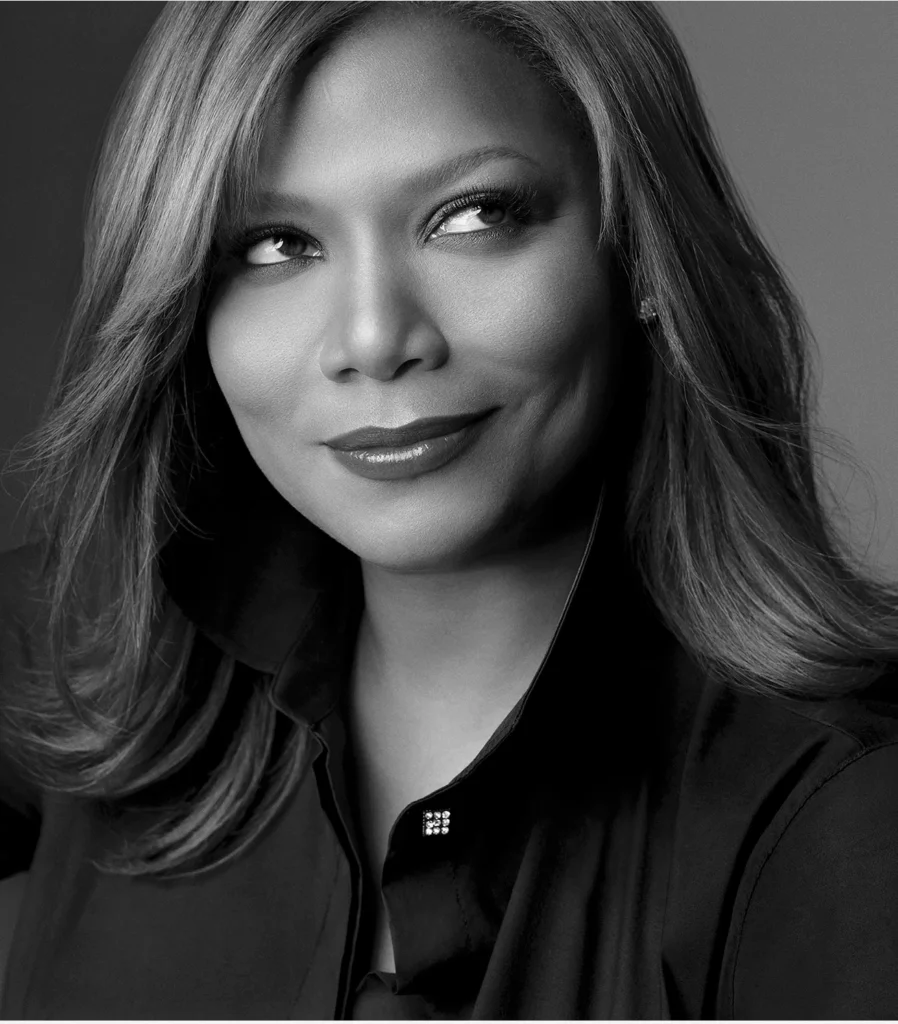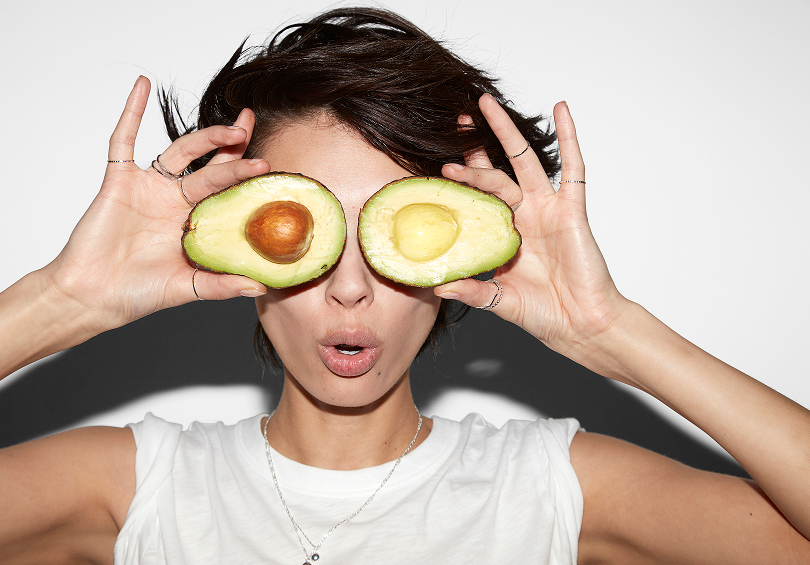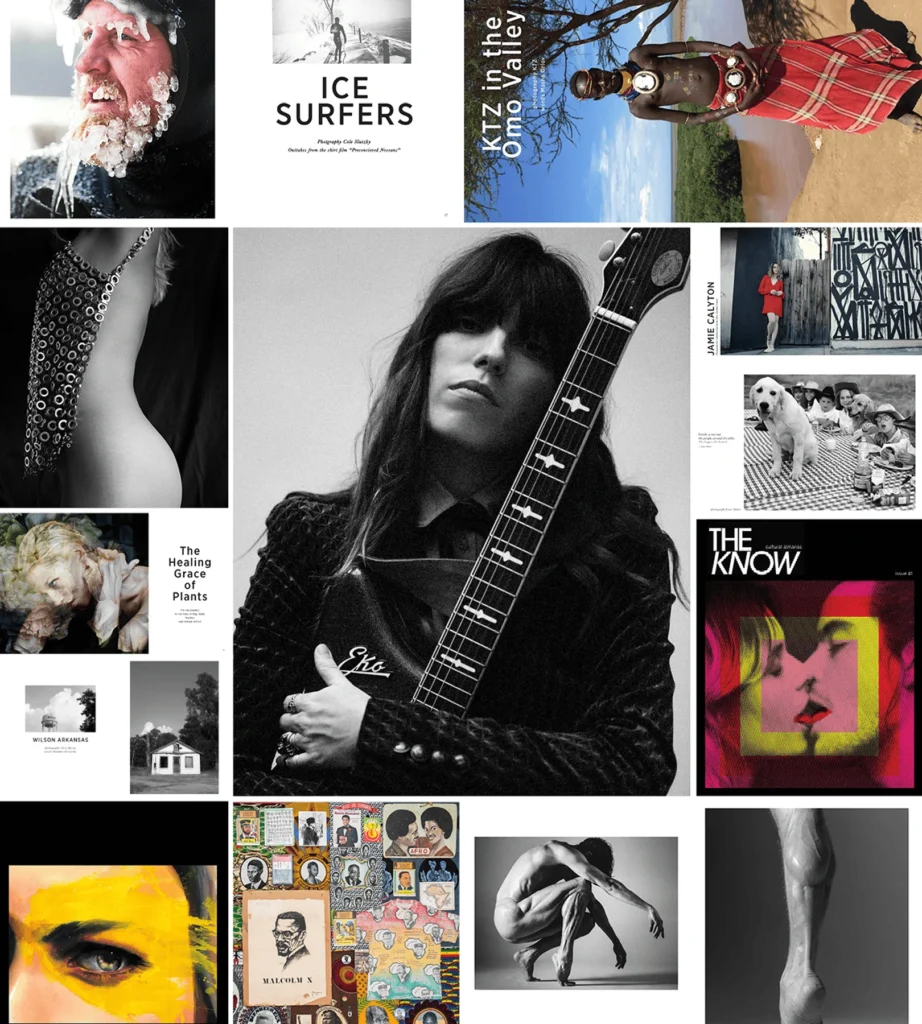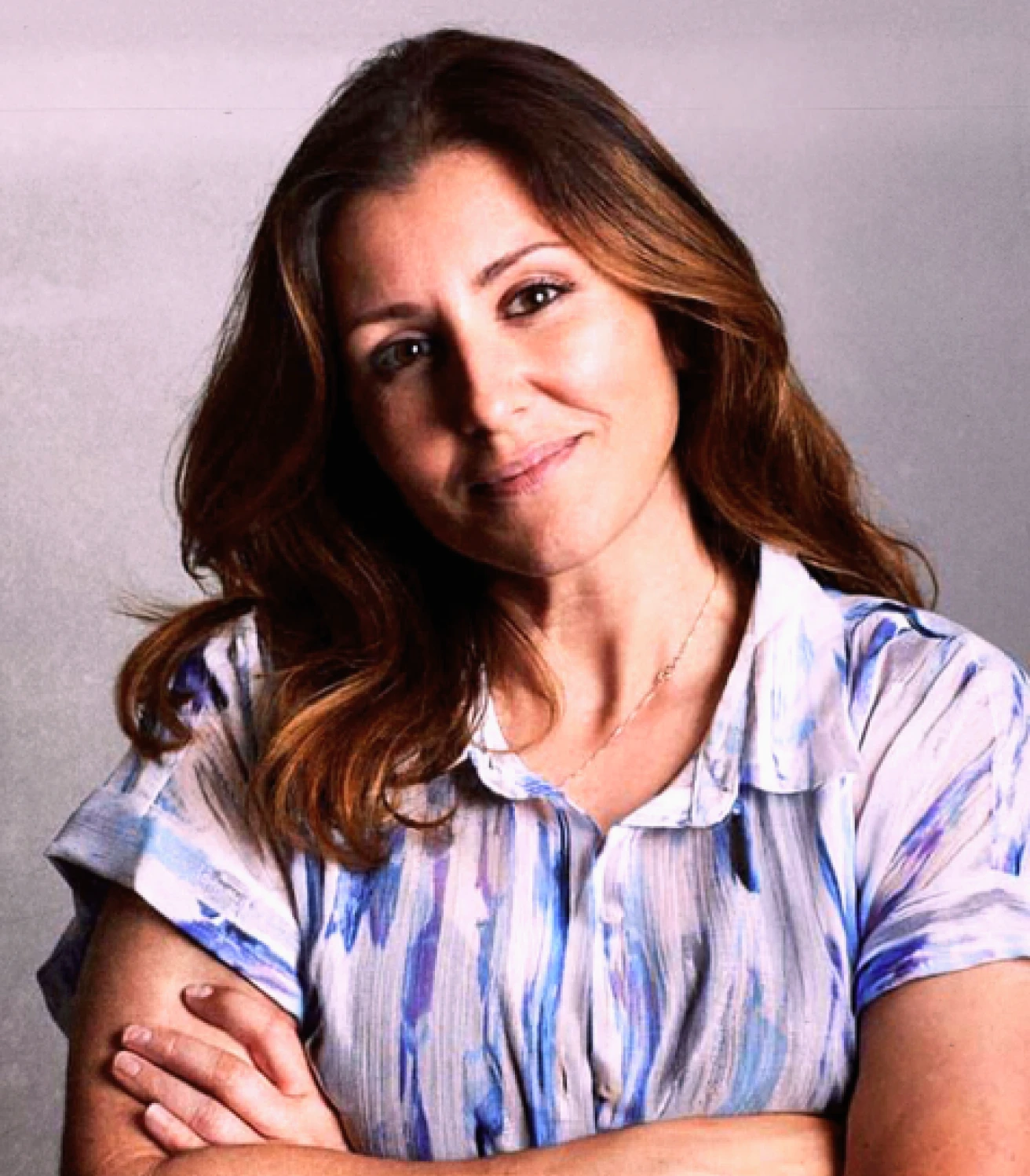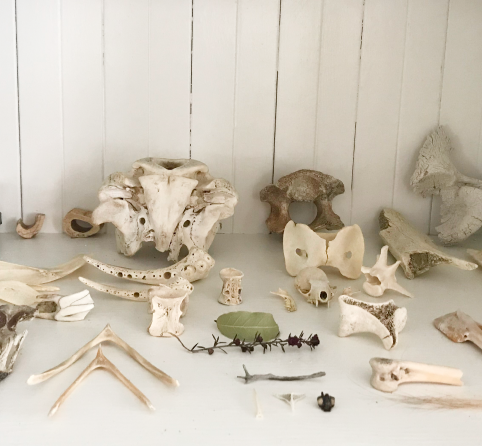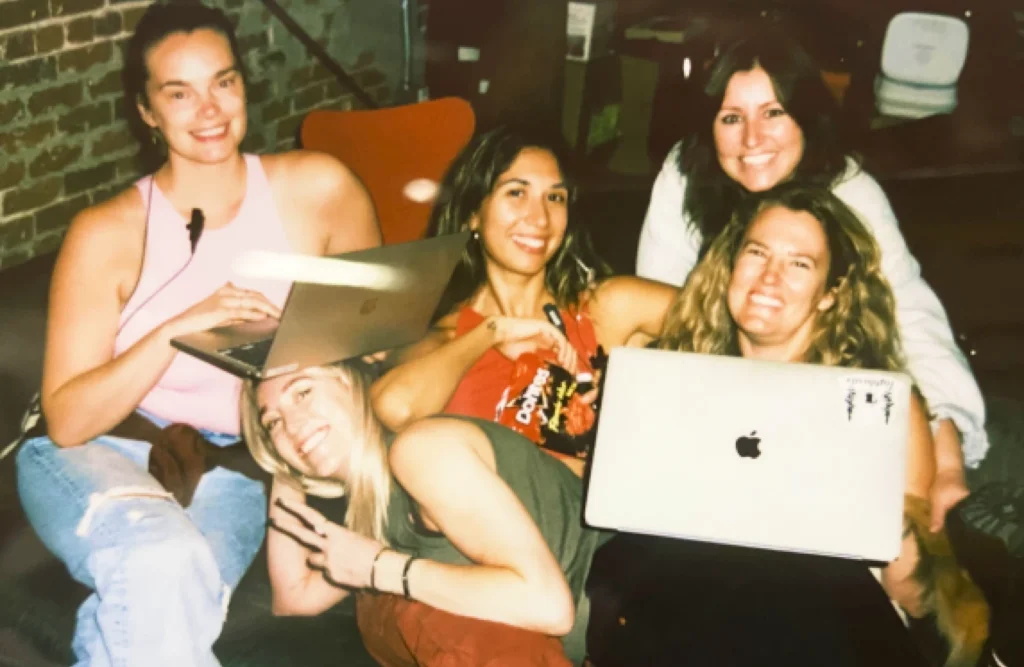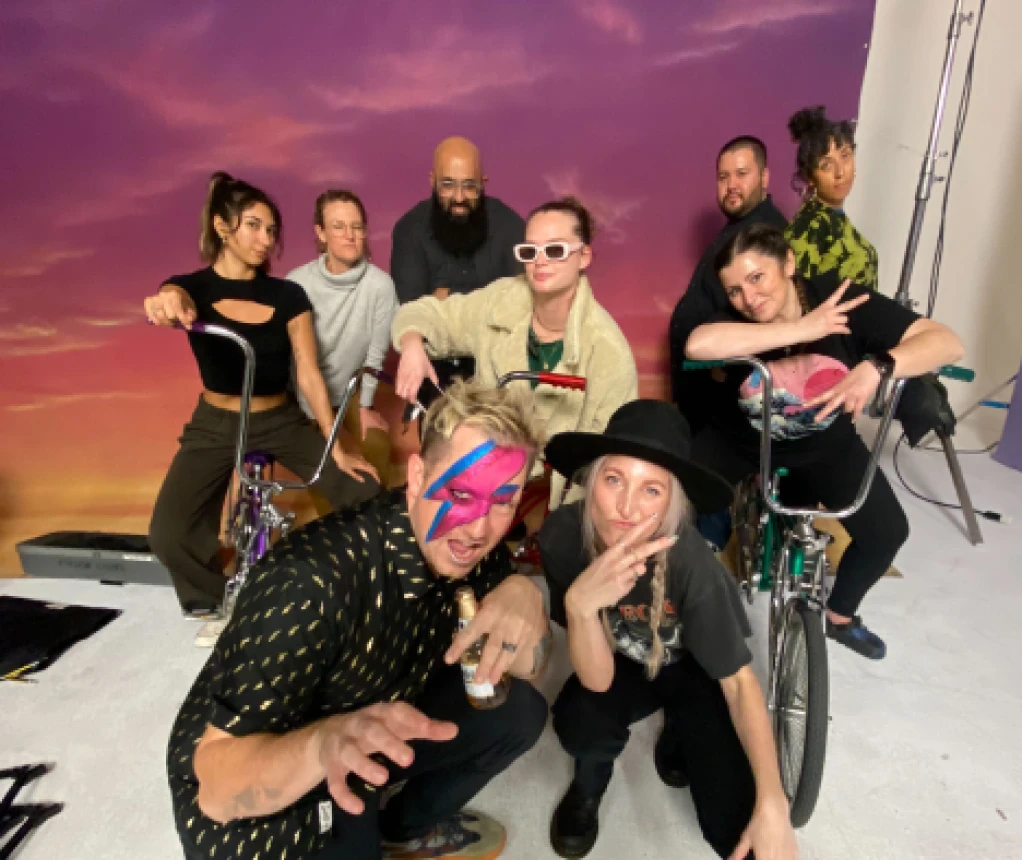It’s been said that AI is propelling us into the Creativity Age – What is your take on that?
AO: With AI, the constraints of time and budget fall away — making space for ideas that once felt out of reach. The work we’re seeing across marketing and advertising is just the start. When the industry fully taps in, we’re poised for a creative renaissance unlike any before.
MF: Get ready — we are only at the starting gate.
How do you see the relationship between human creativity and AI in production today?
MF: It’s worth recognizing that AI-driven work and traditionally driven work provide alternate outputs. There’s a lot of debate on whether AI is replacing human creativity. Right now at least, humans are still making the choices. AI responds to inputs, so ultimately, a creative person is directing the results. When I look at something that an iconic photographer shoots versus the same subject matter expertly developed by an AI artist, they’re completely different styles of work — and both can be perfect for a brand, just in different ways. It’s more about the person behind the lens or the person directing the machine — that’s what really counts.
There are some AI programs that are “fully automatic” — they come up with creative concepts and execute automatically — but they often feel generic and boring. They lack the big new idea, the special concept, or the visual appeal that makes a brand or product identity distinct.
AO: AI helps take the pressure off by speeding up ideation and execution, but it still needs direction. Without someone steering it, it’s not going anywhere meaningful. The best results come when human creativity lays the foundation — and AI takes it to the next level.
AI IS THE TOOL IN OUR TOOLKIT RIGHT
NOW TO DO MORE FOR LESS, AND FASTER.
What parts of your experience, training, and references do you draw upon the most when working with AI? What skills have become even more valuable in the age of AI?
MF: For me, it’s the art school and fine art training. When you understand lighting, anatomy, and perspective, it’s easier to guide the systems and outcomes.
AO: After 20 years of watching what clients chase and what they kill, I can spot a strong image in seconds. Art school gave me the fundamentals, but taste isn’t something you can fake. With GenAI, it’s not about pressing a button — it’s about having the eye to know when it’s wrong, and the voice to push it somewhere better. If you don’t know how to give feedback, the tool’s useless.
How do you know when something AI-generated has potential or not? How does Industrial Color approach transforming good AI output into exceptional brand assets?
AO: Our creative instincts are backed by decades of experience, so we recognize instantly what resonates and what doesn’t. That, combined with deep production know-how, lets us map the most effective path forward. Whether it’s AI, traditional production, or a mix of both, we know how to bring the right tools together to make the work stronger.
At the end of the day, it comes down to truly understanding the brand — its guidelines, personality, presence, and what it stands for. From there, I focus on merging that foundation with what makes a compelling, forward-thinking image that resonates in today’s visual culture. At Industrial Color, we keep a hyper-critical eye on everything we create. If we’re not sure something hits the mark, we don’t share it — we continue refining until it feels undeniably strong. AI helps us get there faster, but the bar we hold ourselves to never changes.
MF: The only additional point I’ll make is that limitations can sometimes lead to interesting results — and you only find those by experimenting and testing.
A lot has been written about the explosion of marketing channels and content formats, and how difficult it’s been for creative teams to meet the demand for new deliverables. How does AI transform the status quo? How has the dynamic between creative and production teams evolved with AI automation and generative creation?
AO: Creative teams are being pushed to stretch further — less time, less money, more content. AI is the tool in our toolkit right now to do more for less, and faster.
But to use it well, you need a producer’s brain. It’s about knowing what can be executed successfully in AI to elevate a project — and what should absolutely stay out of the Gen AI pipeline. For example, we might be producing straightforward ecomm PDP assets on white for a brand, but while that’s happening, I’m already thinking: How can we reimagine these for something more expressive? Maybe it’s a motion piece for Valentine’s Day or a playful background switch for social micro-content.
That’s where AI becomes the superhero — it opens up possibilities that were previously out of scope, letting us spin out variations, test ideas, and bring to life creative extensions that would have been too time- or budget-prohibitive before.
MF: The daily tasks and asks are growing and outpacing the budgets. AI doesn’t solve everything on its own — it needs the human touch and instinct to guide it.
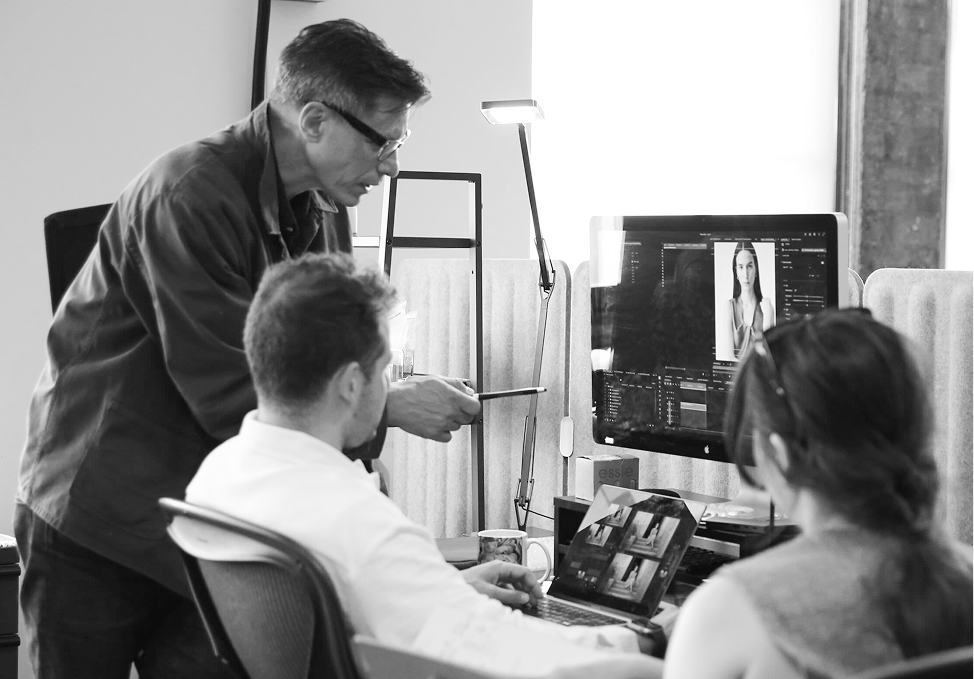
For brands considering AI integration, what’s your advice on where to start and what to prioritize?
AO: That’s the conversation I’m having with almost every brand, every day.
Getting started really depends on the industry. In beauty, for example, we’ve seen a lot of success using AI to create ingredient imagery. There’s massive value here because there’s always that one obscure ingredient that’s out of season, hard to source, or wildly expensive to shoot. With AI, we can say: Not only can we generate that ingredient, but we can give you 40 variations with different compositions, lighting, and styles. Then we refine the strongest ones using traditional methods to bring them to life — all for less than what a single traditional ingredient shoot would have cost.
The key is approaching AI with a different mindset than traditional production. It’s not a linear process. You need a big creative appetite and open, collaborative energy — especially in the early ideation phase. It often works best when you flip the usual flow, start expansive, experiment quickly, and then shape and polish from there. It’s a different rhythm, but it opens up a lot more possibilities.
I tell brands to look for areas where their time and energy could be better spent — and stay open to using Gen AI to fill the gaps.
We love when clients bring us ideas and ask, “Could this work with AI?” That curiosity is where the magic starts. Stay open, experiment often, and watch how the creative landscape evolves for your brand.
MF: Experiment, discover, and try. You never know where it will go.
WE LOVE WHEN CLIENTS BRING US IDEAS AND ASK, “COULD THIS WORK WITH AI?” THAT CURIOSITY IS WHERE THE MAGIC STARTS. STAY OPEN, EXPERIMENT OFTEN, AND WATCH HOW THE CREATIVE LANDSCAPE EVOLVES FOR YOUR BRAND.
What separates Industrial Color’s AI capabilities from others in the industry? What kind of investment has Industrial Color made in AI talent and capabilities that others might not be willing to make?
MF: Simple. No fear, the ability to dream, and the curiosity to try.
AO: Today, anyone can jump into Midjourney or ChatGPT and generate an image — but that doesn’t mean it’s ready for market. What sets us apart is experience. We know what brands are looking for, what qualifies as a usable asset, and how to guide projects from concept to execution without wasting time on unusable outputs. That’s where a lot of GenAI companies fall short — we bridge that gap and get you to the finish line.
Second, we retooled our core creative tech team some time ago to focus on emerging technologies — predominantly AI. At the beginning of every project, we invest heavily in R&D, and our creative tech team is heavily involved in this phase. No two assignments are the same, and our team has developed deep fluency with AI tools because we leaned in early. We understand how to sequence platforms, which tools work best for specific outcomes, and we have early access to emerging technologies that others don’t.
We also have a legal framework in place to protect brand IP throughout the process. With our in-house post-production team — backed by over 30 years of expertise — we implement final brand elements safely and securely.
Most importantly, we can do all of this at scale. Our post-production division was our foundation long before generative AI, and we have a full suite of retouching, CG, VFX, editing, and creative capabilities in-house. We also run our AI workflows on Globaledit, which is a software platform that completely supports the explosion of content produced in these processes and allows us to easily integrate with different AI tools based on the client’s objective. This infrastructure sets us apart and enables us to take creative production to the next level.
Working with us is a smart, low-risk entry point into AI — without sacrificing quality. We bring together cutting-edge technology and trusted production expertise to deliver results that feel right, look right, and meet the mark every time. We always put the goals of our clients first and look for ways to blow them away.
